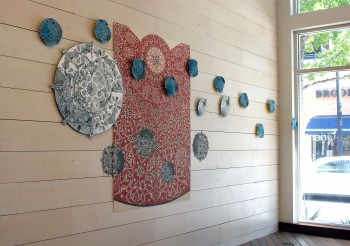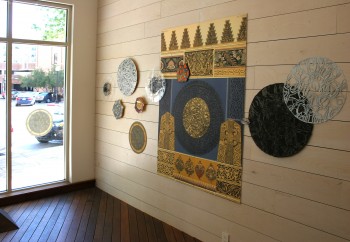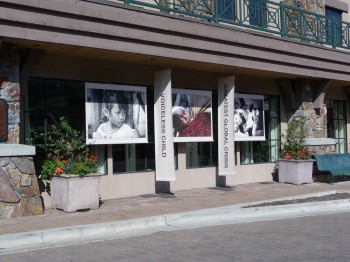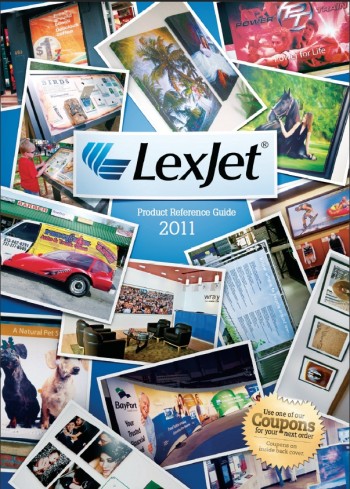 There’s a lot to be said for winning an award for your work, particularly in an international competition. It’s great for PR and lends additional credibility when you give a pitch to prospects.
There’s a lot to be said for winning an award for your work, particularly in an international competition. It’s great for PR and lends additional credibility when you give a pitch to prospects.
Therefore, it would be wise to consider entering SGIA’s Golden Image Awards, especially if you used LexJet products to achieve your masterpiece (hint). There are lots of chances to be recognized with about 50 categories available in which to enter.
Many of the categories are specific to screen printing, but many of them include digital inkjet applications, like Transit Advertising, Vehicle Wraps, Wallpaper, Posters, Plastic Products, Fine Art, Carpets/Rugs, Banners, Back-lighted Signs/Displays, and even Greeting Cards.
The deadline for entries is Oct. 5, and all submissions will be displayed in the Golden Image Gallery at the SGIA Expo in Las Vegas, Oct. 18-20. According to SGIA, winners gain international acclaim and every entrant is considered for the Best of Show (digital and screen printing categories) and Best in Creativity (digital printing).
Judges, who were chosen based on their technical skills, experience and knowledge in the categories, will evaluate the contenders on specific criteria, including: image definition, job complexity, registration and overall impression.
“This is a great opportunity for companies to compete against the best in the specialty imaging community and display their work to thousands of Expo attendees,” says Johnny Shell, SGIA’s vice president of technical services.
The Golden Image Awards are open only to SGIA printer members, who get one free entry; each additional entry is $30.
For more information, to enter and manager your entries, click here.
For a list of categories, click here.
For competition entry rules, click here.

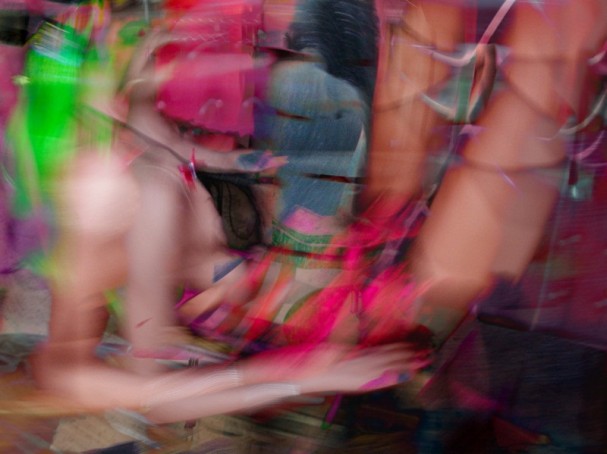
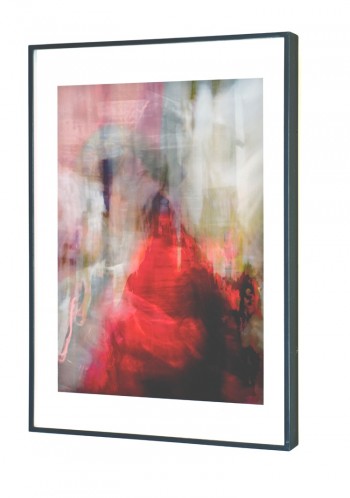
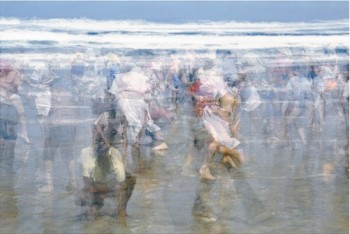 The style of the featured work is difficult to describe in a single word or phrase. They allude to movement and interaction that reach beyond time, place and circumstance. Perhaps the best technical term would be multiple exposure, which is certainly true of the earlier series while he was a graduate student, the La Jolla Beach Project, that Williams created in-camera with multiple exposures on film.
The style of the featured work is difficult to describe in a single word or phrase. They allude to movement and interaction that reach beyond time, place and circumstance. Perhaps the best technical term would be multiple exposure, which is certainly true of the earlier series while he was a graduate student, the La Jolla Beach Project, that Williams created in-camera with multiple exposures on film.